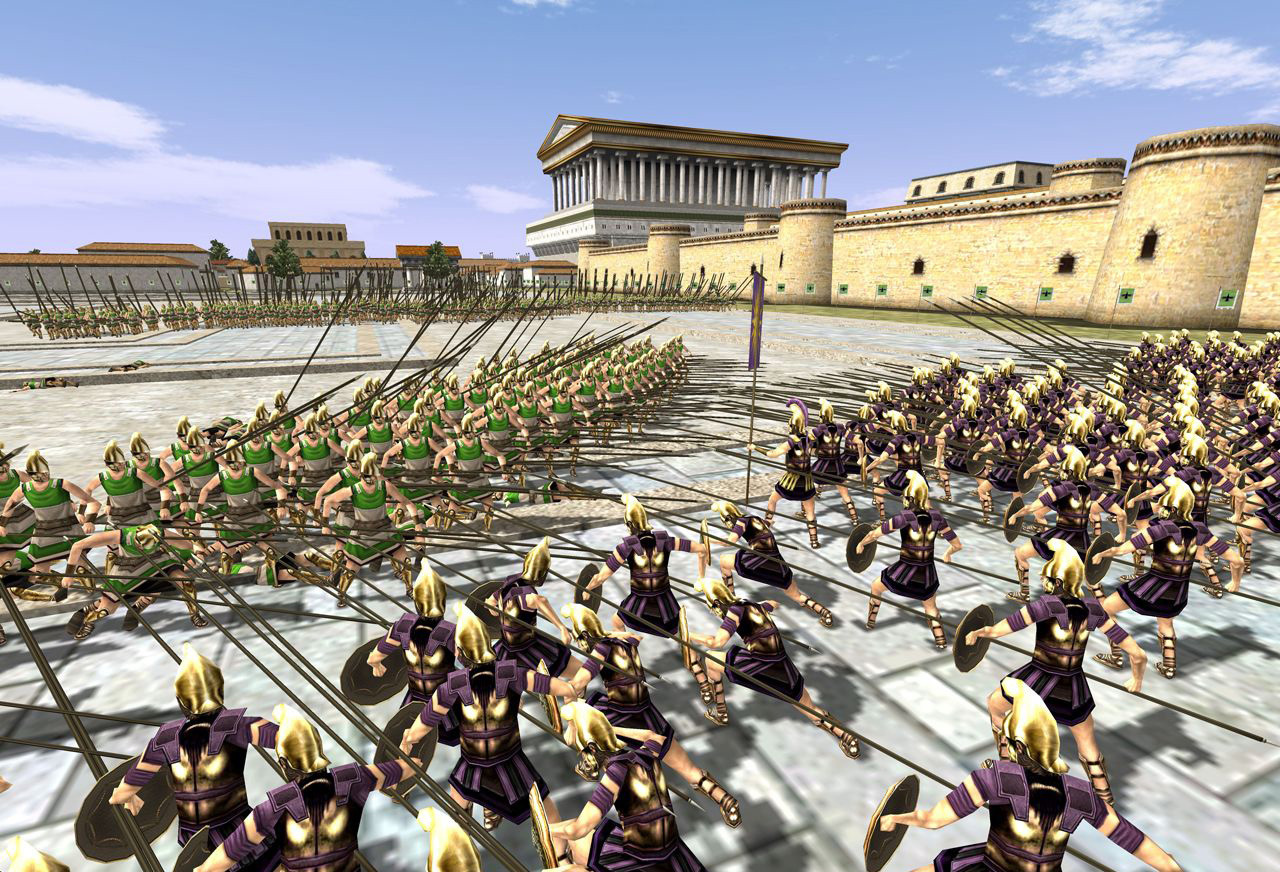

Additionally, rather than solely assigning traits to generals and family members as with previous Total War games, the player can assign traits to entire legions as they gain combat experience. These then affect the way the campaign plays out for example, the Roman Republic may become the Roman Empire through civil war. The Creative Assembly has expanded on this mechanic, with each decision leading the player down a particular "decision path" based on previous decisions. Īs with Total War: Shogun 2, the player is prompted with decisions throughout the game.

In certain cases, a player may attempt to take all power for himself to become emperor or king, which requires a civil war-another part of the game completely redesigned. If one's standing drops too low, they may find themselves powerless to affect their nation's affairs, or if they become too powerful, rivals might unite against them. The political standing of different entities is based on a resource system, which is, in turn, based on the deeds and actions of its generals and characters. Other factions have internal politics between a single ruling family and a class of nobles. Players will choose to be part of one of the entities once they select the faction they want to play. The factions of Rome and Carthage each have three political entities that vie for power. The political system of Rome II has been completely redone.

The player's own actions will determine whether or not the enemy AI will be a trustworthy ally or a suspicious traitor. The Creative Assembly has acknowledged anomalies in previous games, where the AI could perform strange or even suicidal actions, such as very small factions declaring war on very large ones such as the Roman Empire the AI is said to be more "intelligent" and cunning in Rome II. The diplomacy system has been revamped with a new artificial intelligence. Over 30 different city variants avoid siege battles feeling and playing out the same every time. There are over 500 different land units in the game, including mercenaries. Different agents and technologies are implemented for different factions. A tribe of Gallic barbarians looks and feels different from a disciplined Roman legion. Each ethnic group has a unique play-style. Lead unit designer Jack Lusted stated that instead of the "rebel nation" used to represent minor states in the original Rome: Total War, Rome II features a large number of smaller, individual nations and city-states represented by their own factions. The Creative Assembly tried to ensure the uniqueness of different cultures and fighting forces. Rome II features more sophisticated portrayals of each culture and civilization of the period, which in its predecessor had been portrayed anachronistically. Creative Assembly has stated that it wished to bring out the more human side of war, with soldiers reacting as their comrades get killed around them, and officers inspiring men with heroic speeches. The Warscape engine powers the game's visuals and new unit cameras allow players to focus on individual soldiers on the real-time battlefield, which may contain thousands of combatants at the same time. Like its predecessor, Rome II blends turn-based grand strategy and civilization management with real-time tactical battles. However, the player also has the option to play further, as there are no timed victory conditions. The grand single-player campaign begins in 272 BC and lasts for 300 years. Total War: Rome II is set in Europe, the Mediterranean, and the Near East in the Classical antiquity period.


 0 kommentar(er)
0 kommentar(er)
